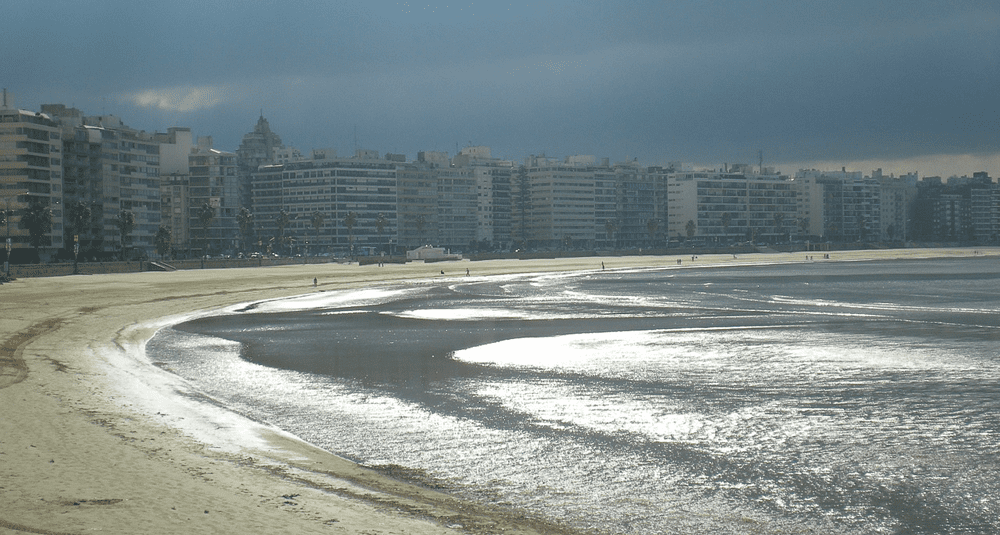What is the capital of Uruguay?
Last Updated:
Montevideo is the capital and largest city of Uruguay, a country in South America. Located on the north bank of the Rio de la Plata, this port city plays a central role in Uruguay’s economy, politics and culture. It is not only the administrative capital, but also the country’s main economic center.
Montevideo was founded in 1724 by Bruno Mauricio de Zabala, a Spanish governor of Buenos Aires. It was founded to protect Spanish interests in the region against the Portuguese, who were beginning to establish colonies in what is now Brazil. From then on, Montevideo grew steadily, becoming an important economic and military center in the Rio de la Plata.
Montevideo has a rich history that reflects Uruguay’s struggle for independence in the 19th century. The city witnessed many important historical events, such as the War of Independence against Spain and the battle between British and Spanish forces. In 1828, at the end of the wars of independence, Montevideo officially became the capital of Uruguay, following the creation of the new Uruguayan nation.
Montevideo is distinguished by its eclectic architecture, a blend of Spanish colonial, art deco, modernist and neoclassical styles. The city is divided into several districts, of which the Ciudad Vieja (Old City) is one of the most emblematic, with its cobbled streets and colonial buildings. In this district, sites such as Plaza Independencia, Puerta de la Ciudadela and Teatro Solís are major points of interest that tell the story of the city.
The port of Montevideo is one of the most important in South America, playing a crucial role in the country’s maritime trade. Thanks to its geographical location, Montevideo is a strategic point for agricultural exports, particularly meat and meat products, which represent a major part of the Uruguayan economy. The port also facilitates international trade, linking Uruguay to Europe, North America and other parts of the world.
A cultural capital, Montevideo is also famous for its festivals and cultural events. The Montevideo Carnival is one of the longest in the world, with festivities lasting over 40 days. The carnival is distinguished by its parades of comparsas and murgas, which represent Afro-Uruguayan culture and include dancing, singing and theatrical performances. Tango culture is also very present in Montevideo, as it represents a meeting point between Argentine and Uruguayan traditions.
In addition to its vibrant culture, Montevideo is renowned for its quality of life, often ranked as the city with the best quality of life in Latin America. The city boasts a strong healthcare system, reliable public services and a low crime rate compared to other capitals in the region. Its long coastline, with beaches such as Playa de los Pocitos and Playa Ramírez, also offers residents and visitors spaces to relax and enjoy the natural environment.
In terms of education and culture, Montevideo is home to several renowned universities, including the University of the Republic, the country’s oldest and largest institution of higher learning. The city also boasts a large number of museums, theaters and art galleries, enriching the cultural life of its inhabitants.
Montevideo is a dynamic, modern city, while preserving its rich historical heritage. As the capital of Uruguay, it embodies the balance between tradition and modernity, with a strong cultural and economic footprint. Whether for its fascinating history, its artistic scene or its economic role, Montevideo remains a nerve center of South America.
You may also be interested in
geography

What is the capital of Uruguay?
Answer
Montevideo is the capital of Uruguay, located on the country's southern coast along the Rio de la Plata. It is the country's largest city and its main port.